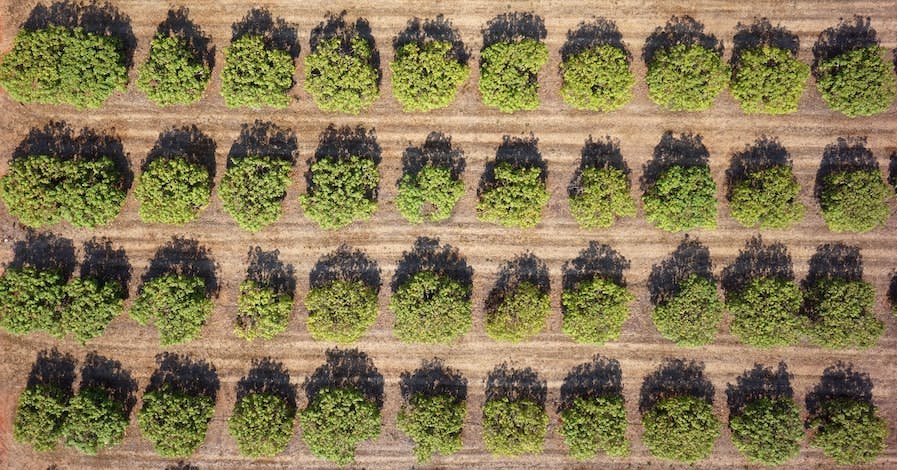Digitally Native Agriculture
What does it mean to be born digital?
The concept of a Digital Native was popularised by Mark Prensky in his article Digital Natives, Digital Immigrants. Although it was a discussion about the changing needs of education, the concept of being digitally native has far wider application. In essence, he observed that the arrival and rapid dissemination of digital technology in the last decade of the 20th century had changed the way students think and the way they process information.
The term is now used to describe how people who have grown up in the age of pervasive digital technology think and process all information. This perspective is used to explain many important social changes and influences the design of products and services in all aspects of our lives.
Has agriculture moved past its industrial-era boundaries?
We've coined the phrase Digitally Native Agriculture to identify an analogous set of transformations taking place throughout the agri-food value chain. Looking from a systems perspective, agricultural production is still largely partitioned along lines defined by industrial-era technology. This partitioning defines what level of economic opportunity organizations can identify, operate, and participate in.
The size, shape, frequency, and commercial opportunity associated with agricultural production all stem from these baseline partitions. Field size, machinery size, crop cycles and rotations, timing, and economic outcomes from harvest, trade, and transformation all stem from these lines.
Can you own what you don't control?
More fundamentally, the concepts of ownership, transfer of ownership, risk, finance, and economic participation itself are all framed and defined by these boundaries, and by the capabilities of the industrial age. If we apply Prensky's lens to agriculture, we can see things in a very different way. In the age of pervasive digital technology, we must think and process information (and physical commodities) differently.
Redrawing the lines
Agriculture that is digitally native operates on the assumption that all required information is available at the highest possible spatial, temporal and spectral resolution. Decisions no longer need to be framed and constrained by the partitioning established around industrial-era infrastructure. Pervasive, inexpensive, high-resolution imagery is available for the entire plant, every day. Complex statistical and machine learning computer models can use this and many other massive data sets to build increasingly accurate models of the real world - the factory has no roof.
In this digitally native version of agriculture, there is no need to wait for infrequent, real-world events to know the true status of a crop or commodity. When we can know the health and potential of every crop, every day, and see in fine detail all the actions taken to manage it, we can redesign key aspects of the supply chain. The traditional concepts of ownership, insurance, risk, credit & finance, and sale blur into a continuum.
This might strike some as fanciful thinking - and perhaps parts of it are. But just as so much of our world has been reshaped as atoms become bits, agriculture will also be reshaped in many fundamental ways.
